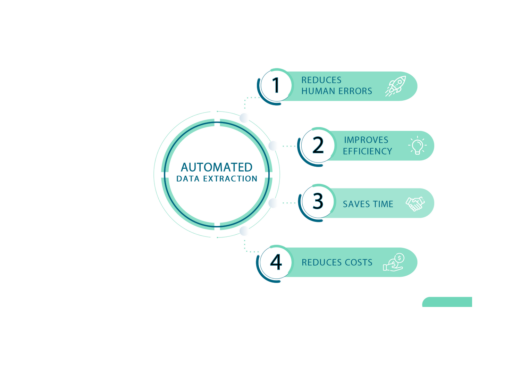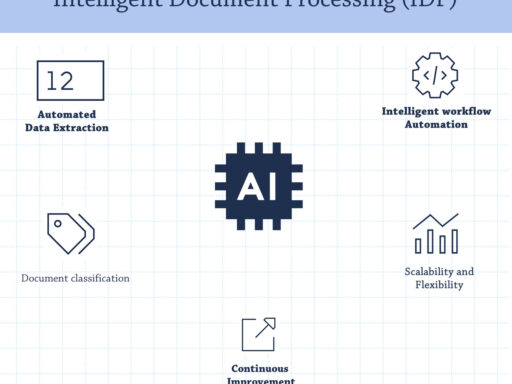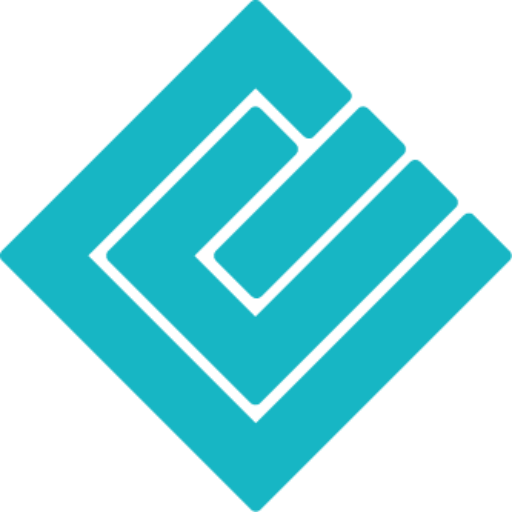Artificial Intelligence: The Value of Choosing the Right Model
The world of Artificial Intelligence (AI) is evolving rapidly, and with every advancement, the spectrum of possibilities expands. Discussions about the deployment of AI, especially regarding cost and benefits, dominate the technological landscape.
A crucial detail that often gets overlooked in these conversations is the selection of the appropriate AI model. While OpenAI sets standards with models like GPT-3 and GPT-4, competitors such as Google’s LaMDA, Meta’s LLaMA, and recently Mistral enter the stage, offering fresh perspectives and alternatives.

The Importance of Model Selection
OpenAI has delivered impressive examples of AI’s capabilities with its GPT models. However, the landscape is diverse, and models like Mistral, developed by a collaboration of European research institutes, show that there are powerful alternatives that can better meet specific requirements.
This diversity underscores the need for a well-founded decision when selecting a model, which goes beyond the financial aspect and considers the true value of the technology.
Competition Fosters Innovation
The competition among various AI models drives technological innovation and broadens the range of options for users.
Besides OpenAI‘s GPT series and Google’s LaMDA, Meta’s LLaMA presents an efficient and scalable option that can offer advantages in certain application areas.
A new player in this market is the Paris-based AI startup Mistral AI, which is gradually building an alternative to OpenAI and Anthropic, as its latest announcement shows.
The company has introduced a new flagship model called Mistral Large, designed to rival other top-tier models such as GPT-4 and Claude 2 in terms of reasoning capabilities.
In addition to Mistral Large, the startup is also launching its own alternative to ChatGPT with a new service called Le Chat, currently available in beta.
Mistral AI, having raised a significant amount of money in a very short time for the development of foundational AI models, demonstrates with Mistral Large and Le Chat that it is a serious competitor in the AI sector.

The company, founded by alumni from Google’s DeepMind and Meta, initially positioned itself as an AI company with an open-source focus. While Mistral AI’s first model was released under an open-source license with access to model weights, that’s not the case for its larger models.
Mistral AI’s business model is becoming more and more like OpenAI’s, as the company offers Mistral Large through a paid API with usage-based pricing. It currently costs $8 per million input tokens and $24 per million output tokens to query Mistral Large. Mistral Large supports English, French, Spanish, German, and Italian, offering a wide linguistic coverage.
Moreover, Mistral AI announced a partnership with Microsoft to provide Mistral models to its Azure customers. This collaboration could help Mistral AI gain more customers through this new distribution channel and shows Microsoft’s openness to welcome other AI models on its cloud computing platform, alongside its main investment in OpenAI’s capped profit subsidiary.

These developments underline the importance of a well-founded decision in model selection, which goes beyond the financial aspect and considers the true value of the technology.
The right choice can make the difference between a simple tool and a revolutionary solution.
PaperOffice AI opts for the most powerful model
In this dynamic environment, PaperOffice, known for its powerful document management solutions, announces the introduction of PaperOffice AI.
This new product line, which will include the integration of the most powerful AI model, is specifically designed to enhance the efficiency and intelligence of document management processes. With PaperOffice AI, the opportunity to further automate workflows, improve the accuracy of document capture and classification, and enable even more seamless integration into existing IT infrastructures is created.

PaperOffice AI thus positions itself as a valuable tool for companies looking to take the next step towards digital transformation by utilizing advanced AI technologies to revolutionize document management and archiving.
This innovation underscores PaperOffice’s commitment to staying at the forefront of technological development and continually offering its users improved and more innovative solutions.
Conclusion: Thinking Beyond Costs
The discussion about AI should not focus solely on costs. A deep engagement with the different models and their potential is crucial.
The strategic selection of an AI model, such as GPT-3, LaMDA, LLaMA, or Mistral, must consider the specific needs and objectives of a project to unlock the true value of AI. This decision requires a comprehensive evaluation of technical capabilities, ethical considerations, and long-term benefits.
The right choice and integration of AI into our digital systems and processes offer the chance to achieve real progress. In a world where innovations shape everyday life, the ability to select and deploy the appropriate AI model is a key factor for success.
The variety of available models, from OpenAI‘s GPT series to Google’s LaMDA and Meta’s LLaMA, and now Mistral, opens up a broad spectrum of possibilities that allow us to meet the challenges of the future and create a world that is technologically advanced and deeply human.
PaperOffice Trial Version
Test the award-winning PaperOffice for 14 days without obligation at:
https://www.paperoffice.com
Social Media
Facebook: https://www.facebook.com/paperoffice.en
Twitter: https://twitter.com/PaperOffice_en
PaperOffice ComDesk
Find out more at:
https://help-en.paperoffice.com
YouTube
► http://www.youtube.com/c/PaperOfficeEN
PaperOffice Blog
https://blog-en.paperoffice.com
PaperOffice Guide
Scanners and Document Management: Benefits and Uses: TOP 15 Reasons for Using a DMS
I am a dedicated content writer at PaperOffice, specializing in creating insightful articles about document management and automation. With a focus on simplifying complex topics.








